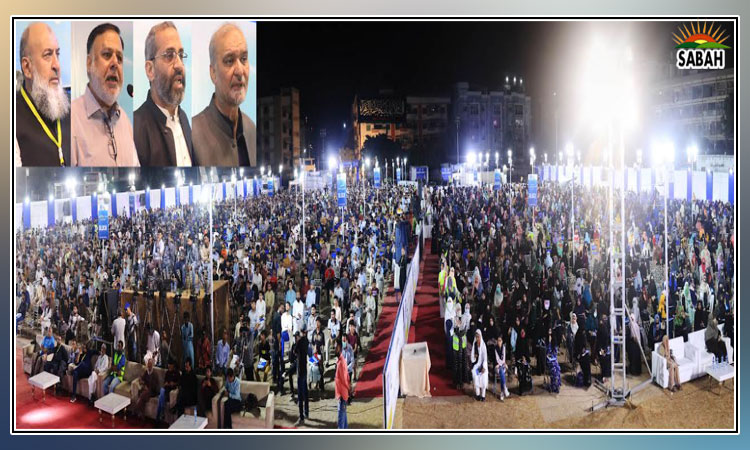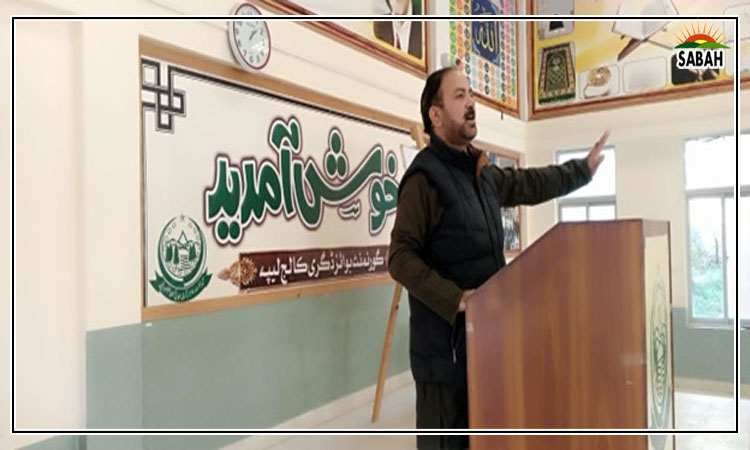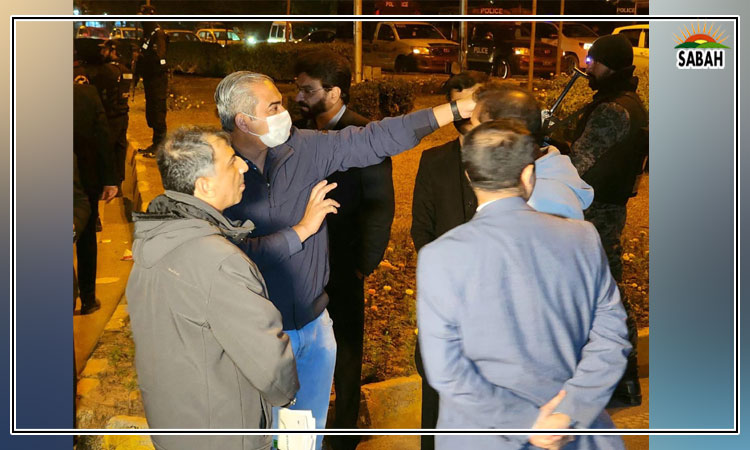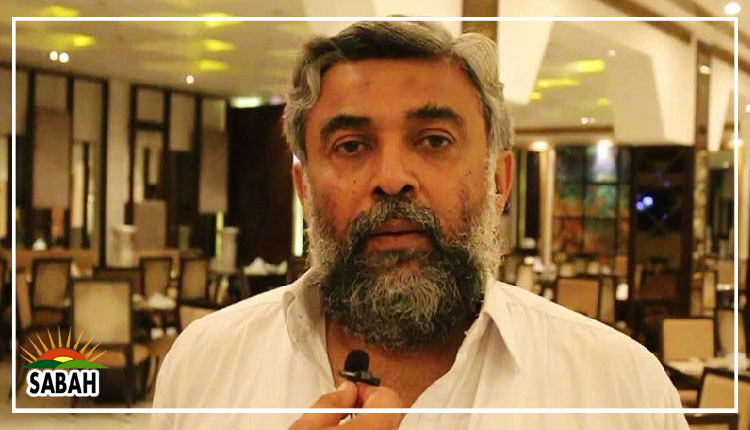Indigenous recipes…Mohammad Ali Babakhel
ALMOST every society is infected with the virus of extremism. Push and pull factors vary from one area to another; hence there is no standard recipe to deal with this phenomenon. Indigenous recipes have higher chances of effectiveness and local ownership.
Norways EXIT programme values the role of parents in countering growing radicalisation. In our context, in poor families, the father is usually away from home, so the mothers role becomes more important. But what about the capacity of rural mothers to perform such a role? Tracking the second generation of global jihadists is another priority area. This is also relevant in Pakistans context, where it is difficult for law enforcement agencies to track the second generation of militants.
The Swedish approach is multi-dimensional, including legal changes, preventive diplomacy, community-based schemes, and the promotion of open dialogue. The country encourages moderate imams and appointed 100 peace agents to actively work with Muslim and non-Muslim communities.
The UKs countering extremism (CE) model is based on the three Is (ideology, individuals and institutions). Its Prevent programme involves formerextremists, combatants and activists in countering radicalisation. In Northern Ireland too, the role of former extremists is included in the counter-narrative.
In Pakistan, there is no role for former combatants and victims in the narrative-building process, which could facilitate in understanding the factors that led them towards extremism.
In Indonesia, the National Counter Terrorism Agency has sought the help of religious clerics, Nahadlatul Ulama (NU), and NGOs in its counterterrorism strategy. It launched the Afghan Veterans Programme for those who participated in the Afghan jihad; each participant received a monthly stipend of about $155. For enhanced political ownership, the countrys vice president was tasked with oversight of CT coordination efforts. The Indonesian model also believes that convicted terrorists have an effective role to play in promoting counter-narratives.
Since 2005, in the Malaysian CT strategy, CT police visit educational institutions and share their knowledge about radicalisation. From the Malaysian strategy, one learns that deradicalisation cannot be achieved quickly but requires patience. This approach focuses on building rapport with detainees and promoting their dependence on government institutions instead of their former networks. It is a three-pronged strategy, including an indirect, gradual approach instead of direct efforts for counter-radicalisation.
The Singapore approach is clinical, with regular psychological testing and risk assessments. The Terrorist Rehabilitation Programme 2010 has three components: psychological, social, and religious. It employed the services of government officials, social workers and the clergy. Religious counselling is an important part of the programme.
To counter extremism within the Somali-American community in the US, the Young Somali American Advisory Council was established. Inclination towards tribalism and clannishness attracted many young Somalis to join Al Shabaab. Homeland Security emphasised the need to tackle the grievance narrative to show the community how to redress its grievances.
Dreams of a greater Somalia within the ethnic Somalis in Somalia, Somaliland, Eritrea, Djibouti, Kenya and Ethiopia is a potent factor in strengthening radicalisation among Somalis. Al Shabaab capitalised on the disparity faced by ethnic Somalis in Kenya in order to radicalise and recruit. Somali refugees fleeing Kenya compromise Kenyas internal security. In 2012, camps in Dadaab housed 450,000 refugees, and many believe it was a breeding ground for terrorism and a support base for Al Shabaab.
Despite constraints, Pakistan has been hosting refugees for decades. Their repatriation has been included in National Action Plans I and II, but diplomatic efforts to repatriate them have yet to become a reality.
While dealing with extremism, developing states usually focus more on external factors; consequently, internal push and pull factors leading to radicalisation are often overlooked. The effectiveness of a narrative depends on the redressal of the target audiences needs; ideally, it should be a combination of both generic and targeted interventions.
The flaw with our CT strategy is that fashioning a counter-narrative is usually considered a separate component, thereby giving an advantage to the savages. To bridge such gaps, we must make the counter-narrative part of our CT strategy and adopt a whole-of-nation approach.
Courtesy Dawn












